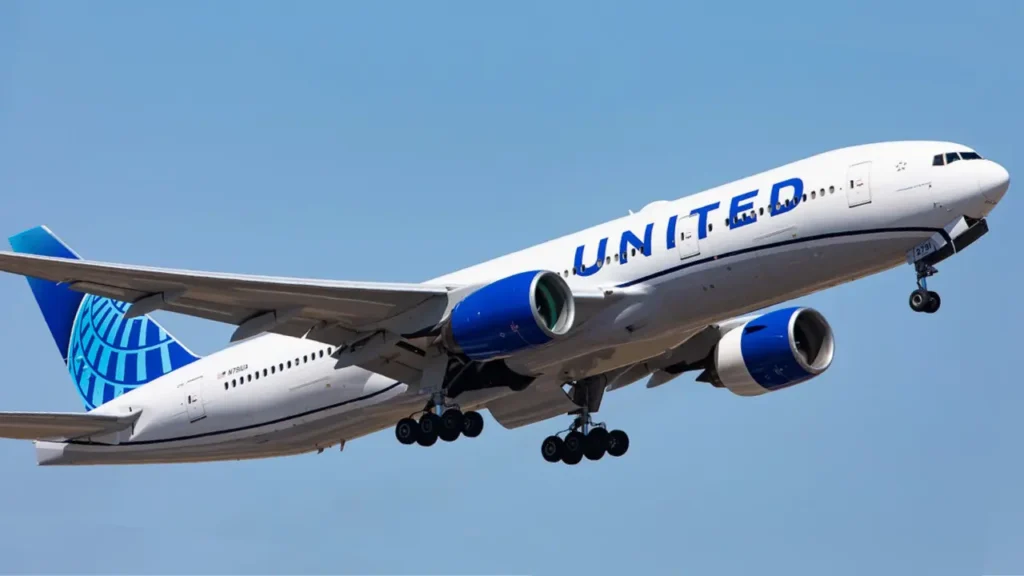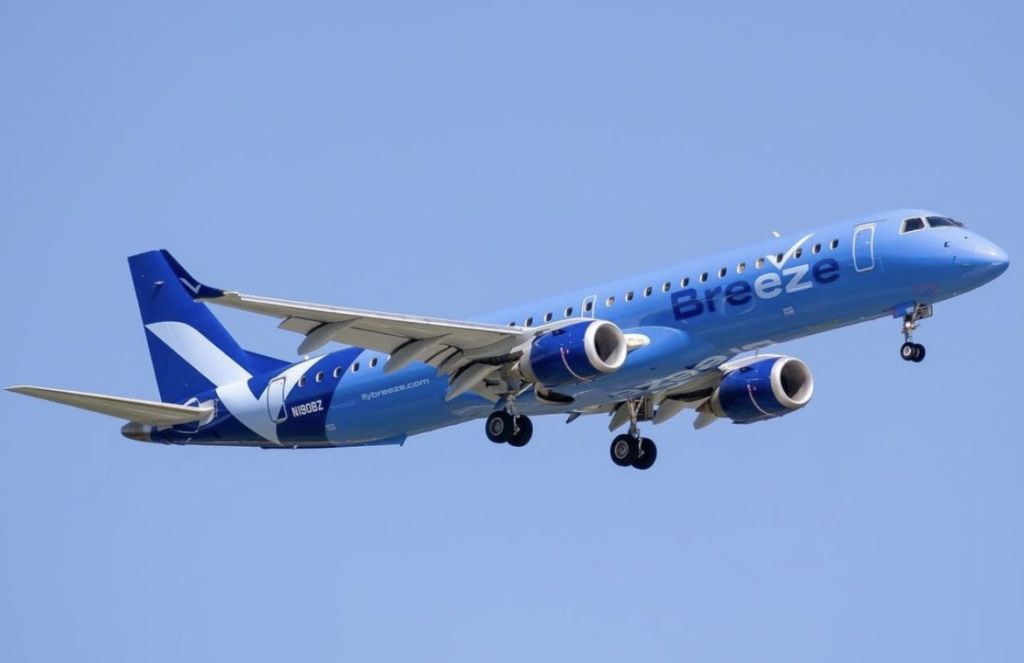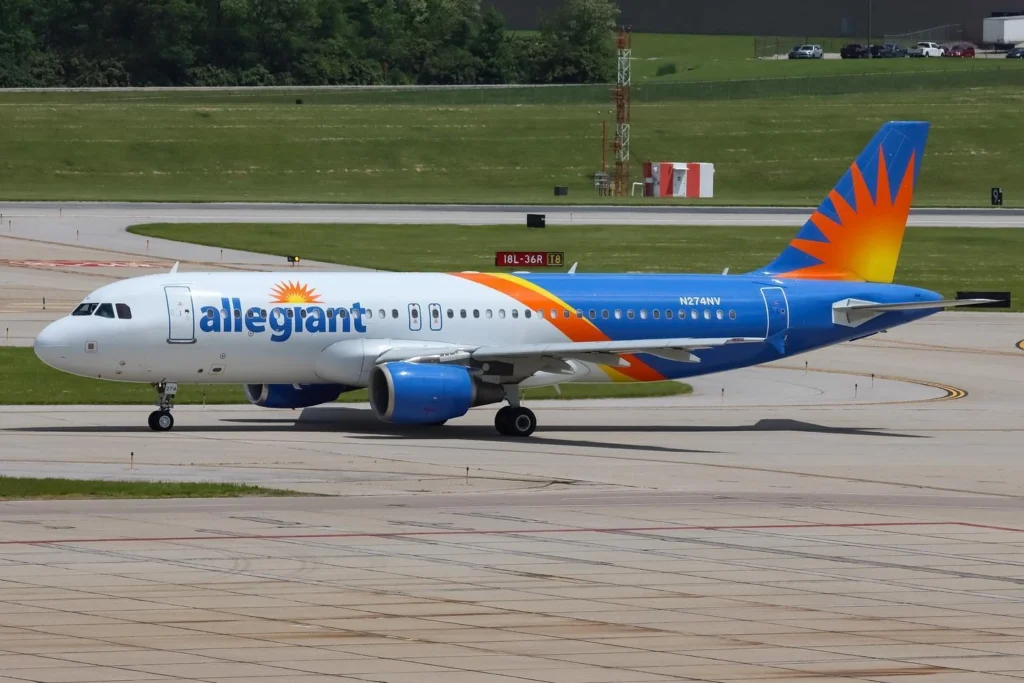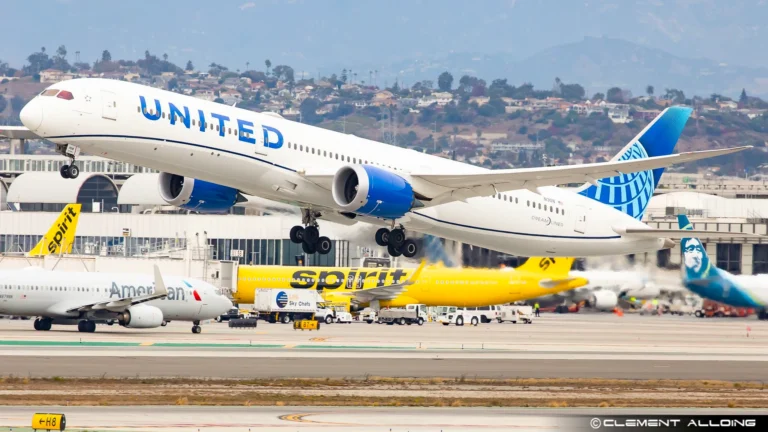MELBOURNE- March 2025 has brought significant expansion in the US airline market, with most carriers adding seats at an impressive rate compared to the same period last year. Legacy carriers continue to lead the way in overall seat growth, whereas ultra-low-cost carriers (ULCCs) and niche airlines have reported some of the highest percentage increases in capacity.
However, some airlines have bucked the growth trend, with Spirit Airlines and Southwest Airlines reducing seat capacity, signaling strategic adjustments in their networks. However, overall, the industry continues to show robust recovery and expansion.

United Airlines Leads
United Airlines (UA) has outpaced all other US carriers in seat growth, adding a staggering 1,140,868 seats in March 2025 compared to the same month in 2024. This represents a 7% year-over-year increase, highlighting United’s aggressive expansion strategy.
Moreover, United’s growth can be attributed to several factors, including higher transatlantic demand, fleet modernization, and increased domestic capacity. The airline has continued to roll out its Boeing 737 MAX and Airbus A321neo aircraft, helping it expand services efficiently.
Additionally, United’s international expansion, particularly in Asia and Europe, has played a crucial role. Recent route launches and frequency increases on high-demand routes have further fueled this capacity surge.

American and Delta Continue Steady Expansion
Following United’s lead, American Airlines (AA) and Delta Air Lines also recorded impressive seat growth, adding 849,400 and 838,816 seats, respectively.
American Airlines’ 4% increase in seat capacity aligns with its strategy of strengthening its domestic hub network and international partnerships. The airline has been adding frequencies on key transcontinental routes and boosting service to Latin America and Europe.
Delta Air Lines (DL), with a 5% growth, continues to leverage its premium travel focus and fleet modernization efforts. The deployment of new aircraft has enabled the airline to increase efficiency while expanding routes, particularly in coastal markets and major business corridors.

Breeze Airways and Porter Airlines Post the Highest Percentage Growth
While the legacy carriers are growing in absolute numbers, the highest percentage increases come from Breeze Airways and Porter Airlines.
Breeze Airways, the US-based startup focusing on underserved markets, increased seat capacity by 48% compared to March 2024. It has been expanding aggressively, launching new routes and increasing frequencies on its Embraer and Airbus A220-operated services. Its strategy of serving point-to-point leisure and secondary markets has paid off, as demand grows.
Porter Airlines, a Canadian carrier that has been expanding its presence in the US market, saw an astounding 76% growth in seat capacity, adding 67,320 seats compared to last year. Porter’s growth is fueled by its Embraer E195-E2 fleet expansion and its focus on premium economy service on regional routes. The airline has been adding routes to Florida, key Midwest cities, and the US East Coast.

Low-Cost Carriers Show Strong Gains
The ultra-low-cost carrier (ULCC) segment continues to show mixed performance. Allegiant Air and Frontier Airlines posted strong capacity growth, while Spirit Airlines cut back.
- Allegiant Air increased seat capacity by 22%, adding 409,066 seats. The airline continues to thrive with its leisure-focused model, seasonal route adjustments, and fleet expansion.
- Frontier Airlines added 385,350 seats, reflecting an 11% increase. Currently, it is focusing on large leisure markets, including Florida, Las Vegas, and Mexico, with its growing fleet of Airbus A321neos.
- Volaris, the Mexican ULCC serving US-Mexico routes, grew by 21%, adding nearly 70,000 seats. This aligns with increased travel demand between the two countries.
Despite this growth, Spirit Airlines reduced capacity by 540,500 seats (-12%), while Southwest Airlines cut 316,200 seats. These reductions may indicate fleet delivery delays, network restructuring, or adjustments in response to demand fluctuations.
As a whole, the growth trend remains positive with some exceptions. Ultra-low-cost carriers and regional airlines continue to reshape the competitive landscape, while legacy carriers solidify their market dominance through fleet investments and strategic route expansions.

What’s Driving the US Airline Capacity Boom?
Several key factors are fueling the expansion of US airlines in March 2025:
- Strong Travel Demand: Both domestic and international travel demand remain high, encouraging airlines to add capacity.
- Fleet Growth and New Aircraft: The arrival of fuel-efficient aircraft like the Airbus A321neo, Boeing 737 MAX, and Embraer E195-E2 has enabled airlines to expand while keeping costs low.
- Low-Cost and Regional Growth: Airlines like Breeze, Porter, and Frontier are capitalizing on underserved routes and niche markets.
- International Expansion: Carriers are adding flights to Europe, Asia, and Latin America, reflecting shifting market trends.
However, challenges remain, including pilot shortages, supply chain delays, and fluctuating fuel costs. These factors may affect long-term capacity planning for some airlines.

Final Thoughts: A Dynamic Market with Growth and Adjustments
March 2025 has proven to be a strong month for US airline capacity expansion, with United, American, and Delta leading in absolute seat growth, while Breeze Airways and Porter Airlines posted the highest percentage increases.
Despite reductions from Spirit Airlines and Southwest Airlines, the overall trend remains positive. Ultra-low-cost carriers and regional airlines continue to reshape the competitive landscape, while legacy carriers solidify their market dominance through fleet investments and strategic route expansions.
As travel demand remains strong, the next few months will determine whether this aggressive growth continues or if airlines will adjust their capacity strategies based on evolving market conditions.
Stay tuned with us. Further, follow us on social media for the latest updates.
Join us on Telegram Group for the Latest Aviation Updates. Subsequently, follow us on Google News.

